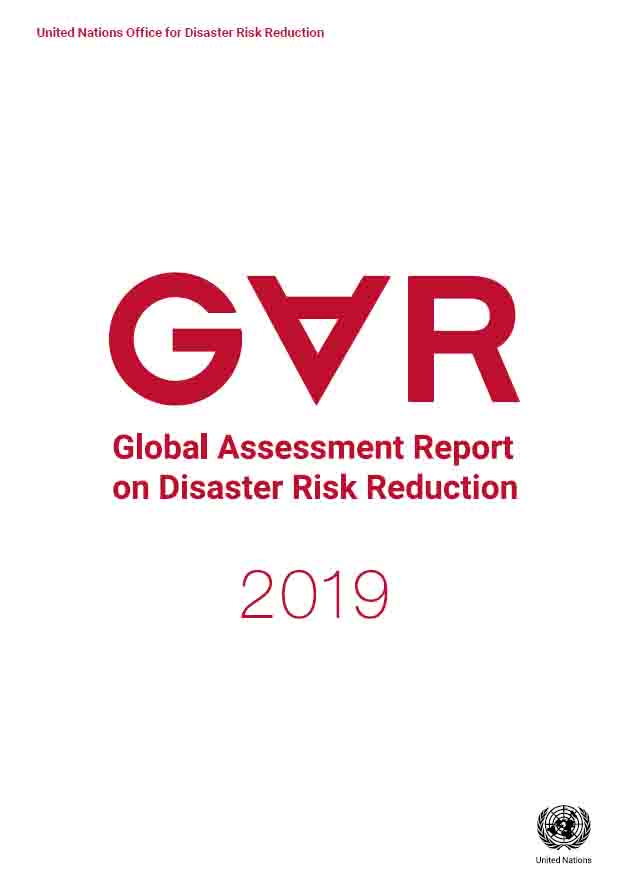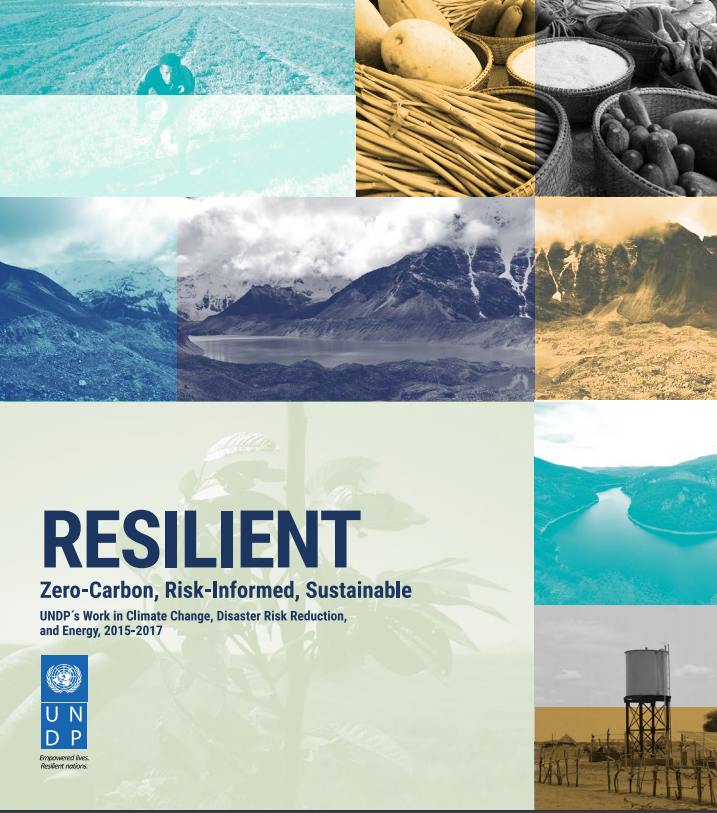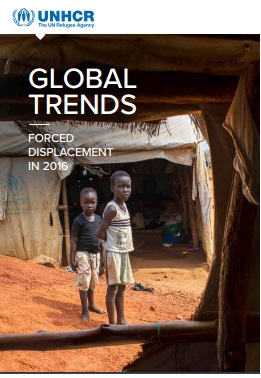Beirut Explosion Case Study: Technological and Biological Hazards
On 4 August 2020, a huge explosion rocked the city of Beirut, shattering glass and causing extensive damage to buildings and infrastructure within a radius of three kilometres. Hundreds were killed, and many thousands of people injured. The impact of this unprecedented explosion, which registered as a 3.3 magnitude earthquake, was felt as far away […]
Beirut Explosion Case Study: Technological and Biological Hazards Read More »





